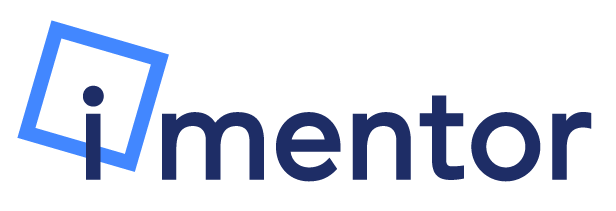Diversity, equity and inclusion greatly inform Screening’s work. Below is not an exhaustive overview of resources, rather a place to start. These tools inform our day-to-day work. Each is a work in progress—we strive to keep the materials up to date, knowing it is iterative as our program, and the world, evolves.
The Screening team makes an intentional effort to incorporate this DEI lens into all elements of their work: during the interview, when reviewing references, when making flags, in our seasonal hiring processes, and more. Screening leads, sometimes, difficult conversations with applicants and elevates challenging topics as a group. They also seek professional development opportunities and group conversations for continued learning.
Within Screening, it's important to understand how biases can show up in the evaluation process. Maintaining objectivity wherever possible is essential, alongside one's awareness of when their biases are showing up. We want to be giving our mentors an equitable screening process, supporting the safety and integrity of our program. Our aim is to ensure our standards for determining whether a mentor is safe and appropriate are in service of our student population and org-wide DEI philosophy.
This resource breaks down some of the coded language that has come up in the Screening interview and helpful follow ups to ask the applicant in those scenarios.
This tool can be used to detect dog whistle language or bias and want to probe further.
We believe very strongly in the idea that organization-wide DEI work is only as effective as the individuals and teams activating it. Screening continually works towards broadening our awareness of individual biases and systemic inequities which impact our student population and mentor applicants.

